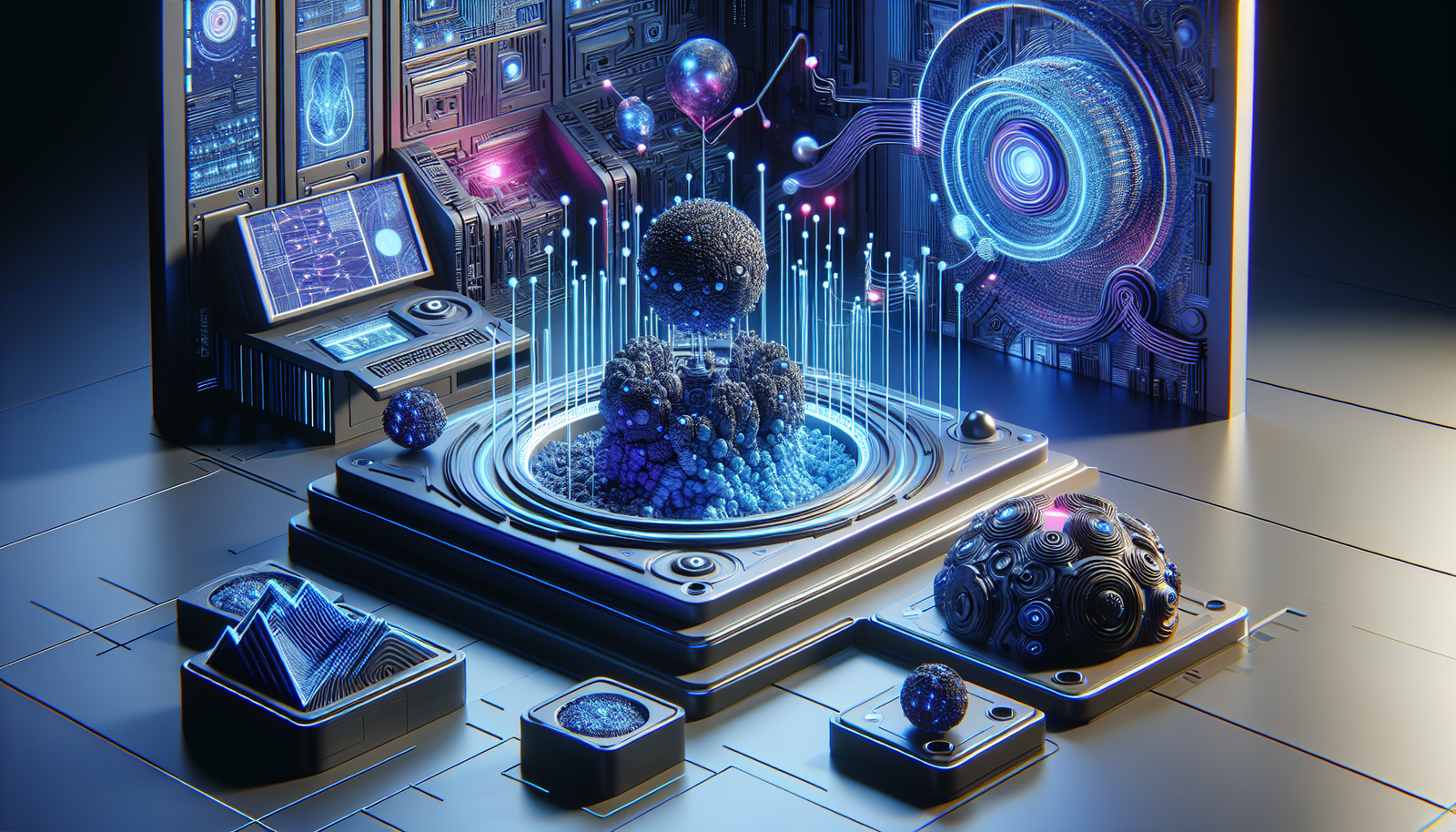The marriage between tactility and innovation is revolutionizing the field of 3D printing, offering an unprecedented sensory experience. The introduction of tangible textures through artificial intelligence redefines the standards of digital modeling. This innovative process allows us to transcend the traditional limitations of 3D modeling, integrating a tactile experience essential to our perception of the world.
Bold researchers are harnessing the capabilities of AI to generate visible and tangible surfaces directly from images, thus transforming the way we interact with digital objects. The potential applications span various sectors, from educational tools to everyday objects, enriching our interaction with the environment.
Technology and tactility: an innovative alliance
The development of TactStyle by the Massachusetts Institute of Technology (MIT) represents a significant advancement in 3D modeling. This system allows users to stylize three-dimensional models based on images while incorporating the expected tactile properties of textures. Unlike traditional methods, TactStyle does not merely replicate visual appearance. It also addresses the tactile dimension, a central aspect of our physical experience.
A simplified styling process
Using TactStyle requires a few simple steps. The user starts by uploading an original 3D model and then uploads an image of the desired texture. To refine the result, adjusting the texture scaling factor is optional. Once these steps are completed, clicking the “Style” button initiates the transformation process, combining coloration and geometry.
A revolution in modeling methods
3D modeling tools are essential elements in various sectors, including the film industry and product design. While traditional systems rely on text or image prompts, TactStyle introduces a new dimension to these practices. The project touches on fundamental principles, such as the need to feel objects beyond their appearance.
Numerous potential applications
The applications of TactStyle are multiple and varied. In the field of education, learners can explore a wide range of cultural textures without leaving their classroom. In product design, rapid prototyping facilitates the creation of models tailored to desired tactile qualities. Users can, for example, adjust a headphone stand by customizing it with unique styles.
A unique innovation
Ph.D. student and lead author of the project, Faraz Faruqi highlights the enormous potential of TactStyle in creating interactive educational tools. These tools can illustrate various concepts in areas such as biology and geometry. TactStyle brings a tactile dimension that enriches learning and understanding.
Advanced and accessible technology
Traditional methods of replicating textures often require sophisticated tactile sensors. TactStyle, on the other hand, utilizes generative AI to obtain a height field directly from a texture image. This innovation allows users to recreate the micro-geometric properties of surfaces without relying on physical objects.
Significant improvement in generated textures
Experiments have shown that TactStyle far surpasses traditional styling methods. By generating precise correlations between the visual image of a texture and its tactile properties, the tool manages to offer a unified tactile and visual experience. Users thus perceive the generated textures as similar to the expected tactile properties.
Future perspectives and upcoming innovations
Faraz Faruqi and his team plan to extend TactStyle’s capabilities to include the generation of innovative 3D models that incorporate textures. These advancements will require explorations into the pipelines needed to reproduce both the form and function of 3D printed objects. The team also plans to study visual-tactile inconsistencies to develop new experiences with materials that challenge conventional expectations.
Small innovations in the field of AI open up a world of possibilities. To learn more about advancements in artificial intelligence, visit the team or check the latest developments in the field, such as funding for Rain AI or humanoid robots capable of standing up again.
User FAQ: The intersection of tactile and technology
What is TactStyle and how does this technology work?
TactStyle is a tool developed by the MIT CSAIL lab that allows for the styling of 3D models using images. It works by separating visual and geometric styling to incorporate both the visual and tactile properties of a texture from a single image.
What types of textures can be generated with TactStyle?
TactStyle can generate a wide range of textures, from common materials like wood and stone to more complex textures that mimic specific tactile sensations, all based on the input image provided by the user.
How does TactStyle enhance the tactile experience compared to traditional methods?
Unlike traditional methods that require expertise in computer-aided design and tactile sensors, TactStyle uses AI to reproduce surface properties directly from an image, thus allowing for a more accessible and efficient customization of 3D models.
Can I use TactStyle to create 3D models for educational purposes?
Yes, TactStyle can be used to develop tactile educational tools that help learners explore different textures and concepts in areas like biology, geometry, and topography, making the learning experience more interactive.
How can I customize a 3D model using TactStyle?
To customize a 3D model with TactStyle, the user first uploads the base model, then uploads an image representing the desired texture, optionally adjusts the texture amplification factor, and clicks the “Style” button to begin the creation process.
What advantages does TactStyle provide for product designers?
TactStyle facilitates rapid prototyping by allowing designers to quickly create and print multiple iterations of 3D models, while giving them the ability to refine tactile qualities based on feedback.
How does TactStyle use AI to generate tactile textures?
TactStyle uses a variational autoencoder model to translate the texture image into a corresponding height field, thereby allowing modifications to the model’s geometry to create tactile properties without requiring a physical object.
What types of fields might use TactStyle in the future?
The applications of TactStyle could extend to various fields, including interior design, personal accessories, interactive education, and even the creation of innovative objects that challenge conventional tactile expectations.






